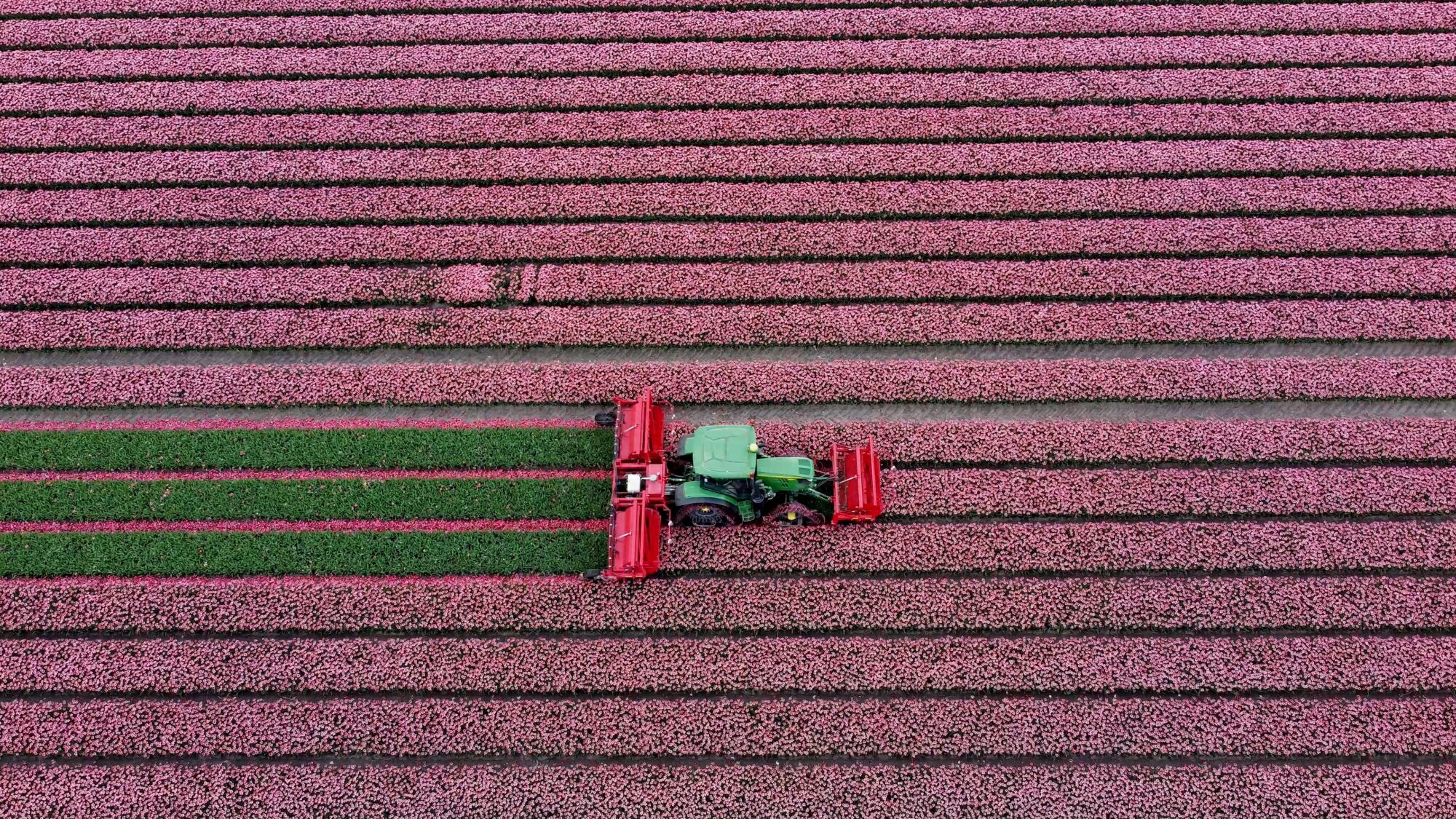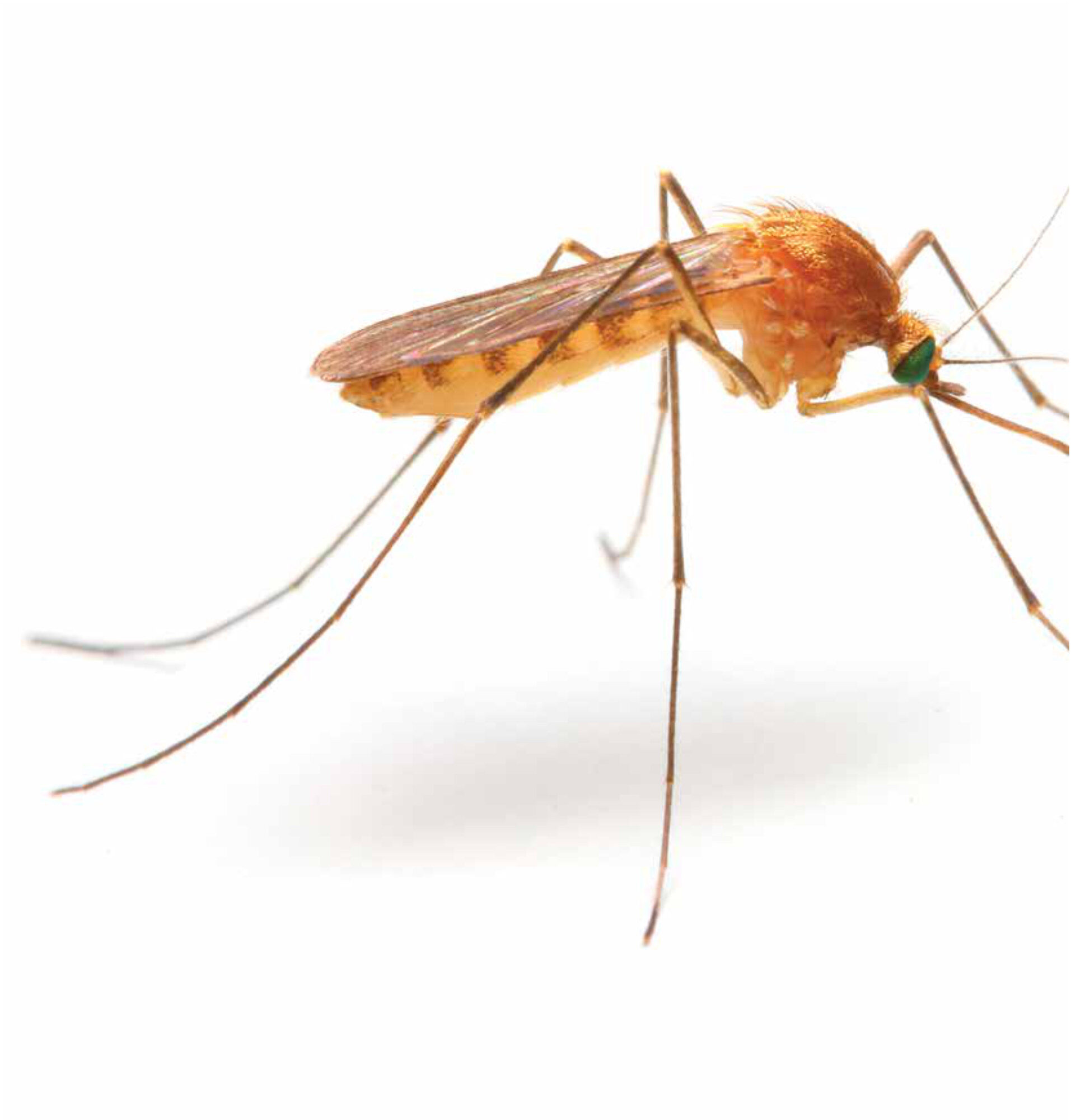Main content
Stereotyping
In the media, male refugees are often portrayed as aggressive (young) men, perpetrators of (sexual) violence, homophobes, a threat to “our own women and daughters” etc. This is a rather negative, false or limited picture which is contributing to a climate of “us versus them”. Women, on the contrary, are often portrayed as innocent, vulnerable, victims of sexual violence. Without negating women’s suffering in crises, this limited picture of women may easily get in the way and prevent us from also seeing them as strong, resilient agents of change.
Gender stereotyping is part of daily life. When reference is made to gender, the concept is often mistaken as referring to women only, ignoring the fact that it is a relational concept. We come across such biases even with development partners and in humanitarian aid. The 2015 edition of UNFPA’s World Population Report focuses exclusively on a transformative agenda for women and girls in a crisis-prone world. An inventory among humanitarian aid organisations conducted by Rutgers also showed a lack of focus on men in SRHR and GBV interventions [1]. At the recently held World Humanitarian Summit in Istanbul, a strong plea for safe, healthy and dignified lives for women and girls was heard. The sexual and reproductive health needs of men and their role in combating gender-based violence was overlooked, as if they are immune to gender-based problems.
Untying gender stereotypes
How can we explain this predominant focus on women and girls? It may well be part of a sincere concern for the well-being of women and children, who generally suffer the most in crises. A global study by IFRC [2] indicates that women and children are 14 times more likely than men to die in disasters. Prevailing vulnerabilities, patterns of inequality and discrimination tend to deepen in situations of crisis.
Asking for attention for the needs of men in humanitarian crises is difficult. Firstly, fundraising for victims of violence with often dreadful experiences is certainly easier. But there is more. People may fear that programmes for men interfere with attending to women’s needs. Advocating for involving men and addressing their needs can create tension, as staff from non-governmental organisations or international organisations may also not be free from gender bias. ‘I know for a fact that the people behind the report insisted the definition of rape be restricted to women’, according to Dolan, director of Refugee Legal Project of Makarere University. There is also a taboo among men themselves. Being vulnerable in a patriarchal culture is rather problematic. ‘Part of the activism around women’s rights is about “Let’s prove that women are as good as men”. But the other side is you should look at the fact that men can be weak and vulnerable as well’, says Dolan [3]. Men are supposed to be masculine and strong, being able to provide income for their families. If they can’t do so, frustration and humiliation may occur. In the case of sexual violence, disclosure is even more problematic, as men who have experienced this will not be considered real men anymore. Feelings of failed masculinity, humiliation and a loss of personal value can even prevent sexually or otherwise abused men from accessing the services they need.
Why involve boys and men in SRHR?
Men’s and boys’ sexual and reproductive health needs are often embedded in a context of severe gender inequality. Knowledge of their own sexual health may be distorted, especially when the information they have is from dubious sources or based on male-dominant (pornographic) information. Sexual consent may be a particularly troubling area, in which inequitable attitudes lead to sexual violence. Women’s ability to negotiate contraception is often very limited, and their attempts to do so may be perceived as disrespectful, provoking further violence. In combination with a lack of open communication and traditional gender roles, these situations can escalate into forced sex or violence. Changing rigid norms and patterns must start with engaging boys and men in SRHR, with sexuality education, paying attention to gender equality, and provision of SRH information and services, also within humanitarian aid. According to Benoit Ruratotoye, psychologist of Living Peace Institute in Goma, DRC: ‘We have to develop a positive masculinity. It starts with boys. If they are not taught human rights, respect for women, and equality, these children will grow into young men who think they are better than women and who will become violent men who rape’. [4]
Engaging men in dealing with trauma
Although women suffer a higher proportion of sexual and gender based violence, it is important to acknowledge male victims too. Organized rape of men in war can be considered as a political act of ‘unmanning’ and humiliation during war. Where men have witnessed or suffered violence themselves, it is likely to lead to violent behaviours on their own part. If men do not get a chance to recover, their unhealed trauma may fuel the next epidemic of domestic violence. Healing programmes are urgently needed in order to break the circle of violence. In her paper on working with men to increase stability, Henny Slegh refers to interesting experiences with Living Peace, a psycho-socio community therapy in DRC: ‘In promoting positive masculinity, men are helped to develop alternative coping strategies that are gender transformative and constructive in dealing with problems’ [5]. Let’s be clear: rape and sexual violence are a tragic human rights abuse, too often accompanied by impunity. Poverty or frustration of failed manhood can never be an excuse for any form of violence. Perpetrators must be prosecuted, for which a security and legal system, resources and capacity are needed. But this will not be enough. Adequate GBV and gender transformative policies and programming for women and men are essential in general and in disaster and conflict affected areas in particular.

Men as caring partners and fathers
Failing to engage men as caring partners and fathers is a missed opportunity. Even in more stable circumstances, few health facilities are prepared with trained health staff to engage men in such roles. Growing evidence is showing the positive health and social impacts of engaged fatherhood – for women and children, and for men themselves (State of World’s Fathers) [6]. MenCare+, a three year programme of Rutgers, resulted in improved communication, better health, engaged fatherhood and a reduction of domestic violence by engaging men in gender transformative programming [7]. Part of the programme addressed the attitude of health providers. They were trained to be sensitive to the needs of fathers that attended the clinics, to look beyond traditional patterns, and to see the man in front of them as a person who cares about his children.
How to engage boys and men in a positive way?
- Create a safe space for boys and men and listen to their stories.
- Use a group therapeutic approach that critically questions and challenges harmful concepts of masculinity.
- Identify current coping mechanisms, strengthen positive ones, and reshape negative ones (those reliant on violence, alcohol or isolation).
- Approach men as diverse and complex actors – not only recognising them as perpetrators, but also as victims and witnesses of violence, as agents of change, partners, fathers and clients.
- Acknowledge that man are not born violent and that learned violent behaviour can be unlearned.
- When conducting programming to end sexual and gender-based violence, include information and training on SRHR, consent contraception, pregnancy, antenatal care etc.
- Use an ecological model to support individual-level change with community and structural support, encouraging the healing of trauma and the restoration of the individual to the family and to the community.
- Encourage a locally owned and driven approach by building capacity within local organizations, as well as by training trainers and facilitators from within the community
Without a doubt, we must continue providing support to women and girls who are severely affected by poor SRHR and GBV during conflict and disaster. But in order to make tangible changes, we must pay attention to the root causes of GBV, poor SRHR, and gender inequality. Engaging boys and (young) men offers an opportunity to unpack patriarchal structures and transform harmful social norms into positive notions of manhood and respect for girls and women. In order to tackle persistent gender stereotyping, also within the framework of humanitarian aid, it is helpful to start questioning the gender biases in our own minds, in policies and interventions. A good starting point is taking note of the (SRH) needs of men, and seeing them as potential for change instead of as the sole problem.
References
- Hendrik M., Veiligheid verbeteren in de Democratische Republiek Congo, Militaire Spectator, jaargang 182, nummer 10, 2013 REPORT Roundtable meeting ‘Refugees and SRHR’, 12 January 2016, By Rutgers, Share-Net and KIT
- Unseen, unheard: Gender-based violence in disasters Global study by the International Federation of Red Cross and Red Crescent Societies (IFRC), 2015.
- Storr W., The rape of men: the darkest secret of war. The Guardian, 17 July 2011.
- Baker, A., Survivors of Wartime are refusing to be silenced, 2016 Time.
- Slegh H., Working with men to increase stability and security: Good practices of a Dutch funded program in DRC. Concept paper
- State of the World’s Fathers is the world’s first report to provide a global view of the state of men’s contributions to parenting and caregiving. https://sowf.men-care.org/
- http://www.rutgers.international/programmes/mencare



















































